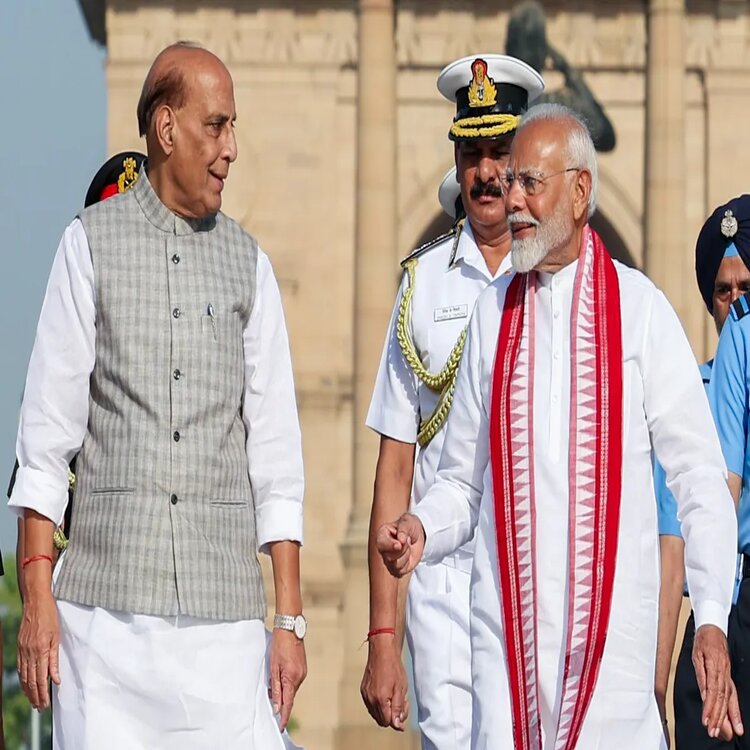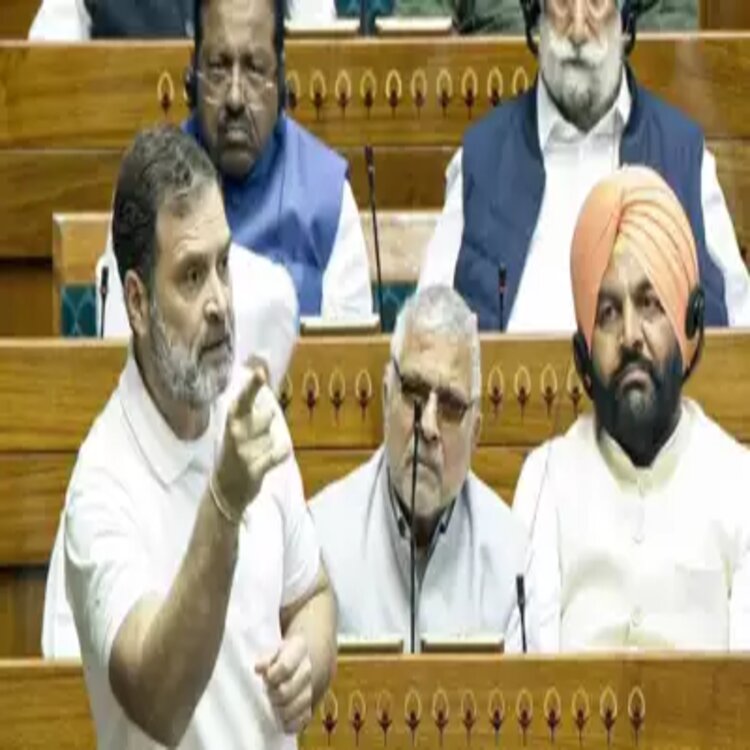Strengthening the Indian Defence Ecosystem
Editor : Rishi | 24 January, 2025
Rajnath Singh on indian defence and how it should improve

Source or Copyright Disclaimer
India, as a rising global power, stands at the crossroads of balancing its defense ambitions with the principles of inclusivity and ecological sustainability. Union Defence Minister Rajnath Singh recently underscored this imperative, highlighting the need for an integrated approach to national security that not only bolsters military strength but also aligns with India’s long-term developmental goals.
India has made significant strides in developing its defense capabilities over the past decade. From advanced fighter jets like the indigenous Tejas to naval assets such as INS Vikrant, the country is moving towards self-reliance in defense manufacturing. The government's "Aatmanirbhar Bharat" initiative has been instrumental in fostering indigenous innovation, with policies encouraging private sector participation and promoting startups in the defense sector.
Increased budgetary allocations for defense research and development (R&D) have also allowed India to explore cutting-edge technologies like artificial intelligence, cyber defense, and space-based systems. This shift from being an arms importer to a defense exporter is not just about self-reliance but also about establishing India as a key player in the global defense market.
While military modernization is essential, it comes with significant environmental and social challenges. Large-scale defense projects often require substantial land acquisition, potentially displacing communities and disrupting ecosystems. Additionally, the production and testing of advanced weaponry can leave a significant carbon footprint.
To address these challenges, Rajnath Singh emphasized the need for an ecologically sustainable approach to defense. This involves adopting green technologies, minimizing resource exploitation, and integrating renewable energy into military operations. For instance, the Indian Army’s use of solar energy in remote areas and the Navy’s efforts to reduce its carbon emissions through energy-efficient ships are commendable steps in the right direction.
Inclusivity in defense development is about ensuring equitable opportunities for all sections of society while integrating diverse perspectives into policymaking. Programs aimed at skill development and education in defense-related fields can empower underrepresented communities, including women and economically disadvantaged groups, to contribute to the sector.
The participation of women in the armed forces has seen a positive shift, with increasing roles in combat and leadership positions. However, there is room for improvement in terms of policy reforms and infrastructural changes to make the defense sector more gender-inclusive.
India’s defense future lies in its ability to harmonize modernization with inclusivity and ecological responsibility. By focusing on sustainable practices and fostering equitable opportunities, the country can not only secure its borders but also set an example for the world in responsible defense development. Rajnath Singh's vision provides a roadmap for achieving this delicate balance, ensuring that India’s rise as a global power is both enduring and ethically grounded.




